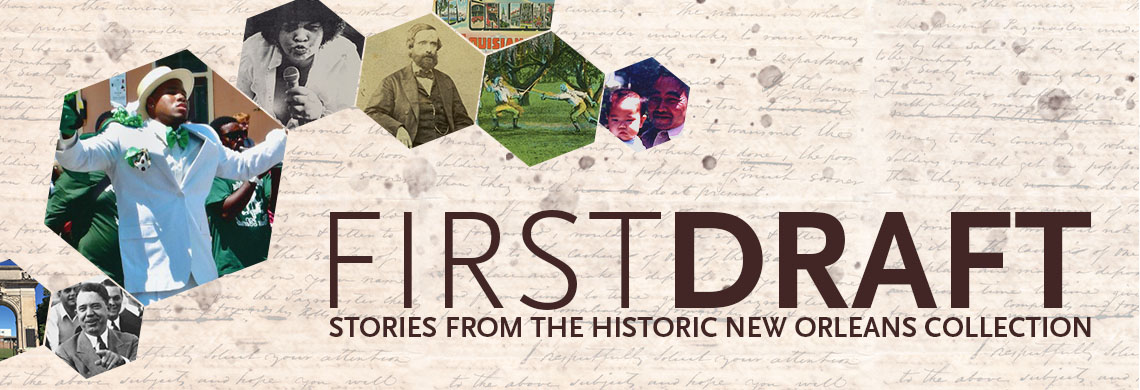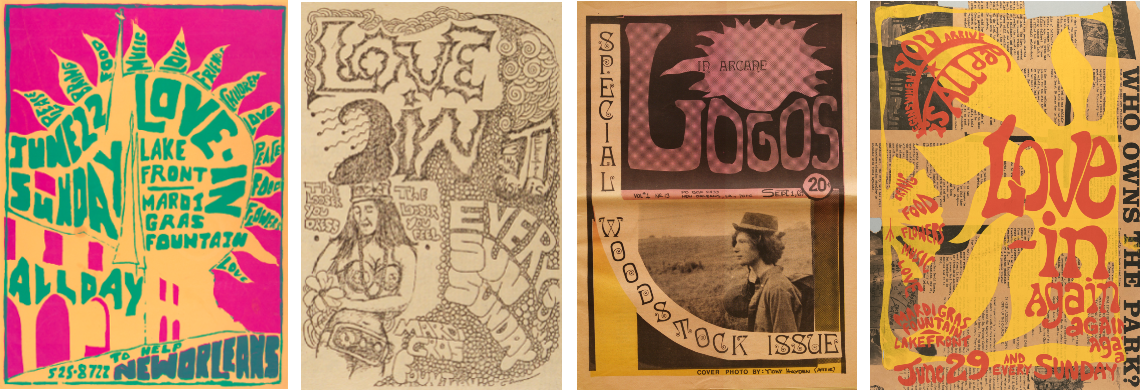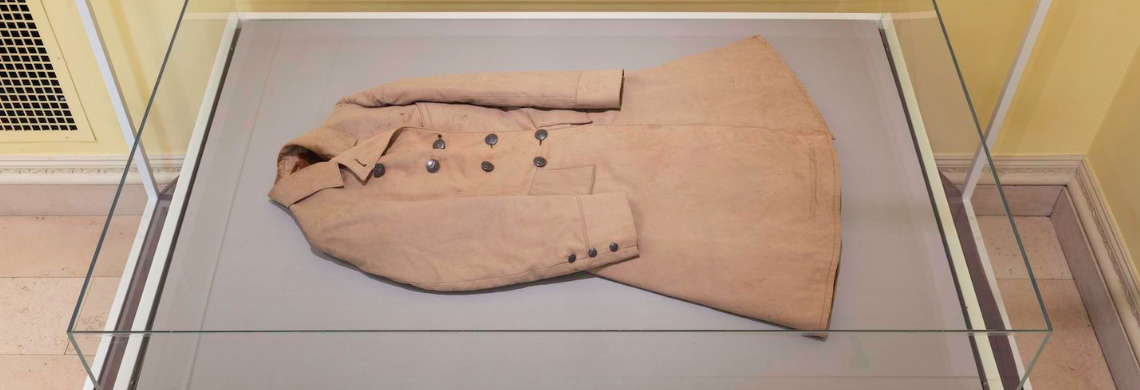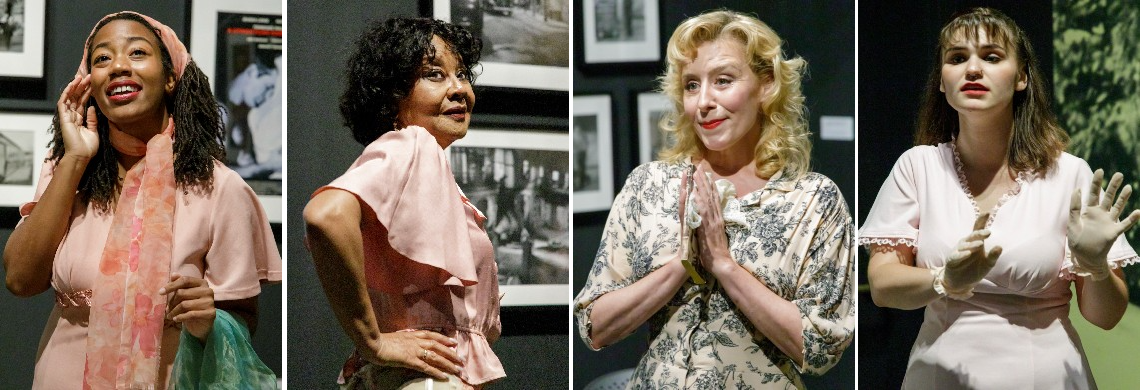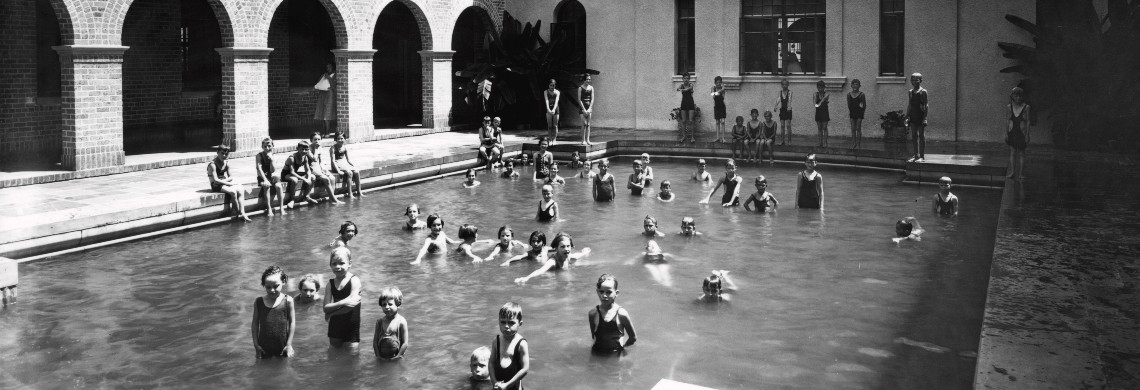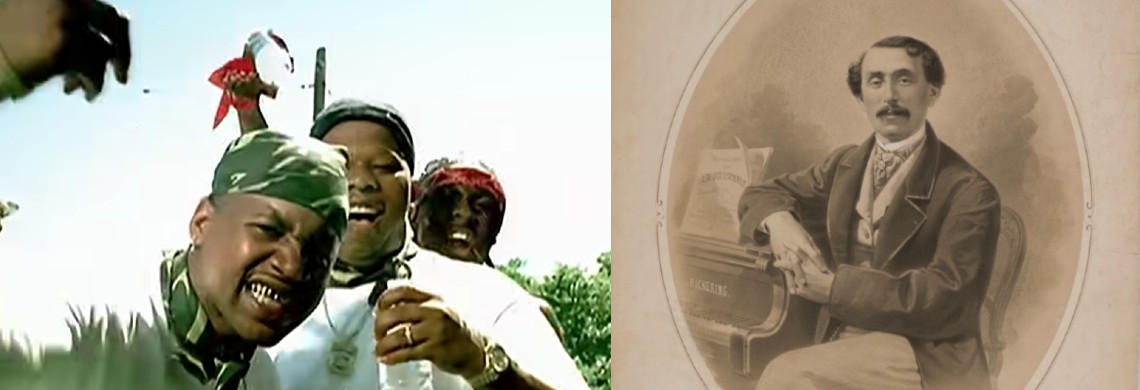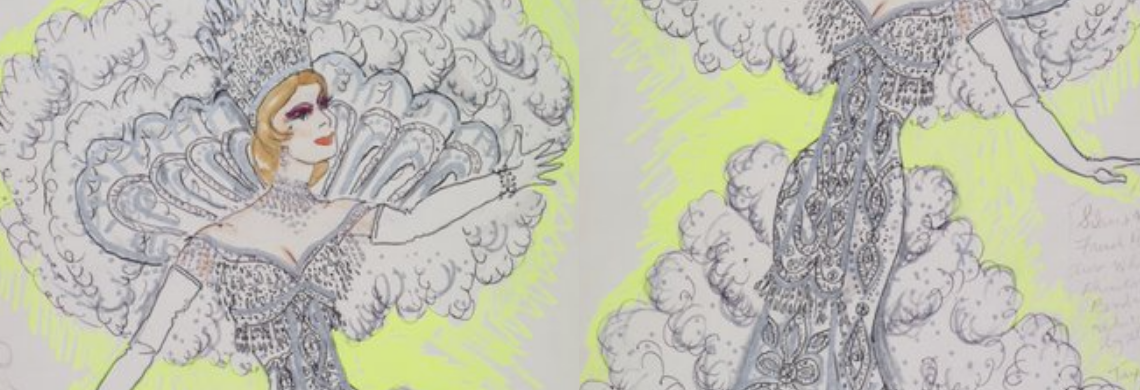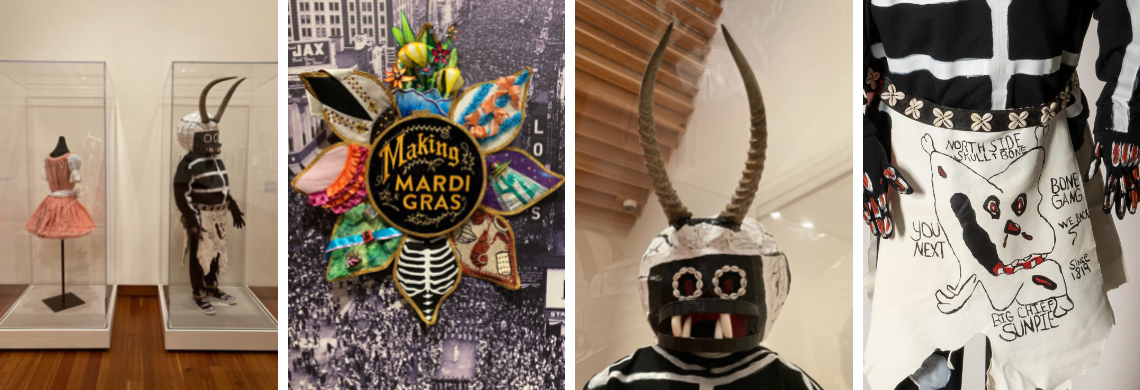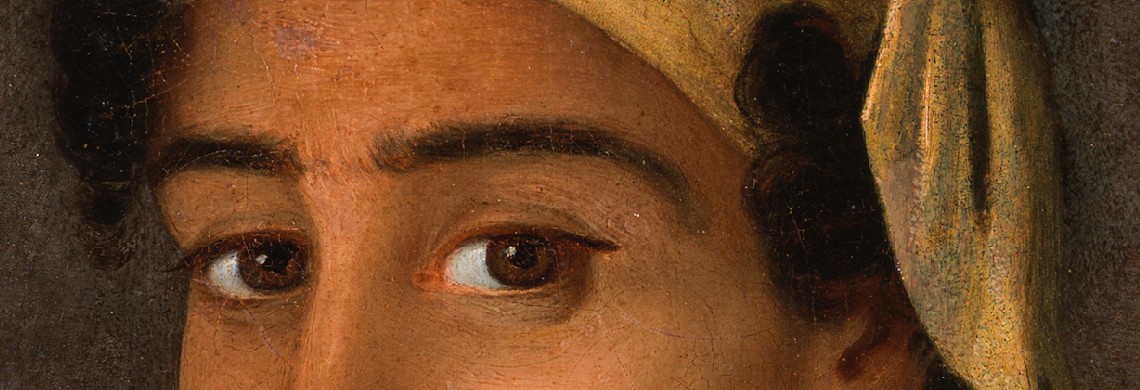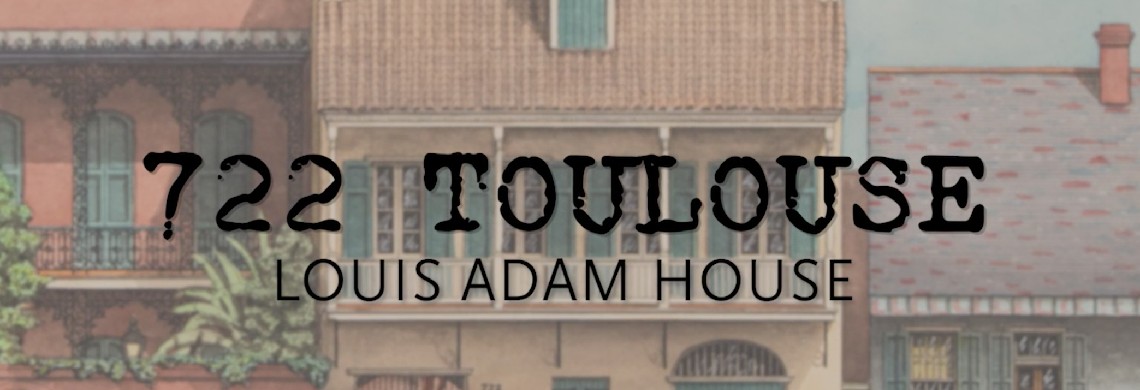Club Desire drew some of the biggest local and national musical acts, nurtured young talents like Fats Domino and Dave Bartholomew, and operated as a hub of the New Orleans Black community during segregation.
Summer 1969 brought New Orleans fully into the counterculture movement happening across the country, starting with a series of weekly love-ins at Mardi Gras Fountain.
A 19th-century coat was found in the attic of an old plantation. Now, it's helping researchers understand roles of fashion and clothiers in American slavery.
An experimental theater production sheds new light on one of Tennessee Williams’s most beloved characters.
Summer in New Orleans is like winter in the North—not for the faint of heart. But for centuries, residents have been finding a way to live—or leave—through the hottest months.
New Orleans has been home to countless musicians who have helped shape American music. Louis Moreau Gottschalk and Juvenile are two of them, and you might be surprised by what their music has in common.
THNOC houses hundreds of designs from the archives of Larry Youngblood and Carroll Pio Burtanog, two designers who outfitted Carnival kings, queens, and courtiers for decades. Here’s a look at some of their most outrageous creations.
Bruce Sunpie Barnes, Big Chief of the North Side Skull and Bone Gang, describes a Mardi Gras Black masking tradition.
Nearly 35 years ago, a heedless conservator drastically changed a rare portrait of a free woman of color. Now, it has been restored and is on view again—and this time, THNOC is telling the story.
In a French Quarter attic apartment, 27-year-old Tennessee Williams worked on some of his earliest plays and came into his own as an artist. In this new video, THNOC takes viewers through the historic building, which the institution has owned since 1945.

